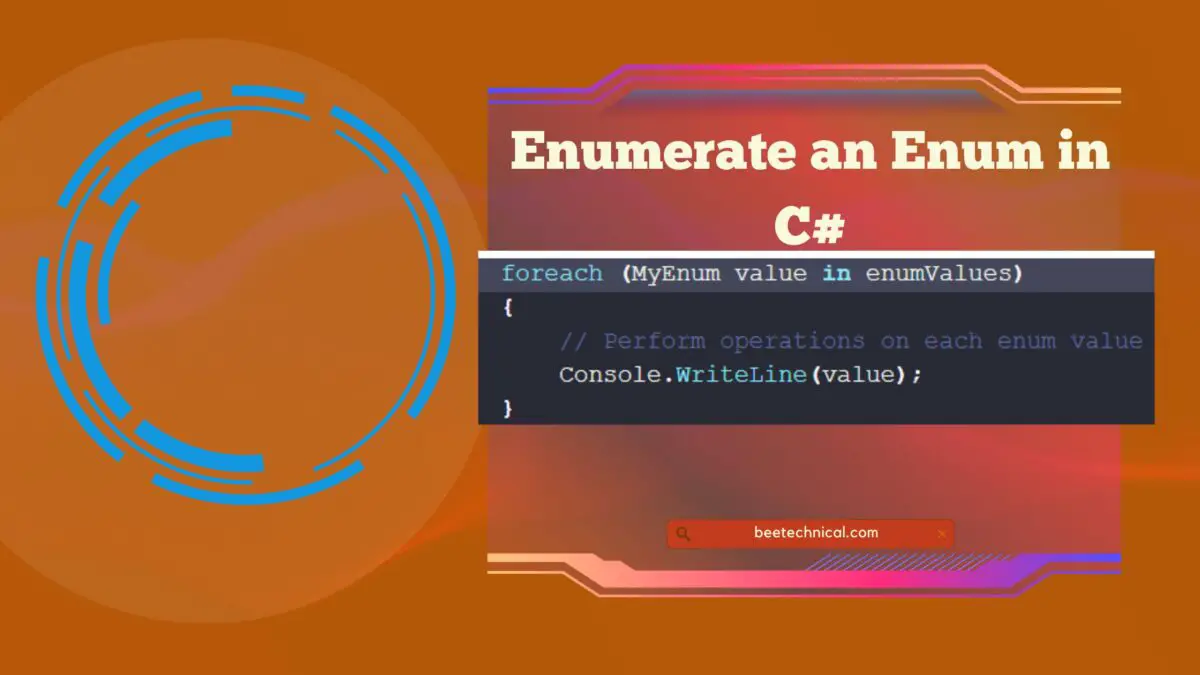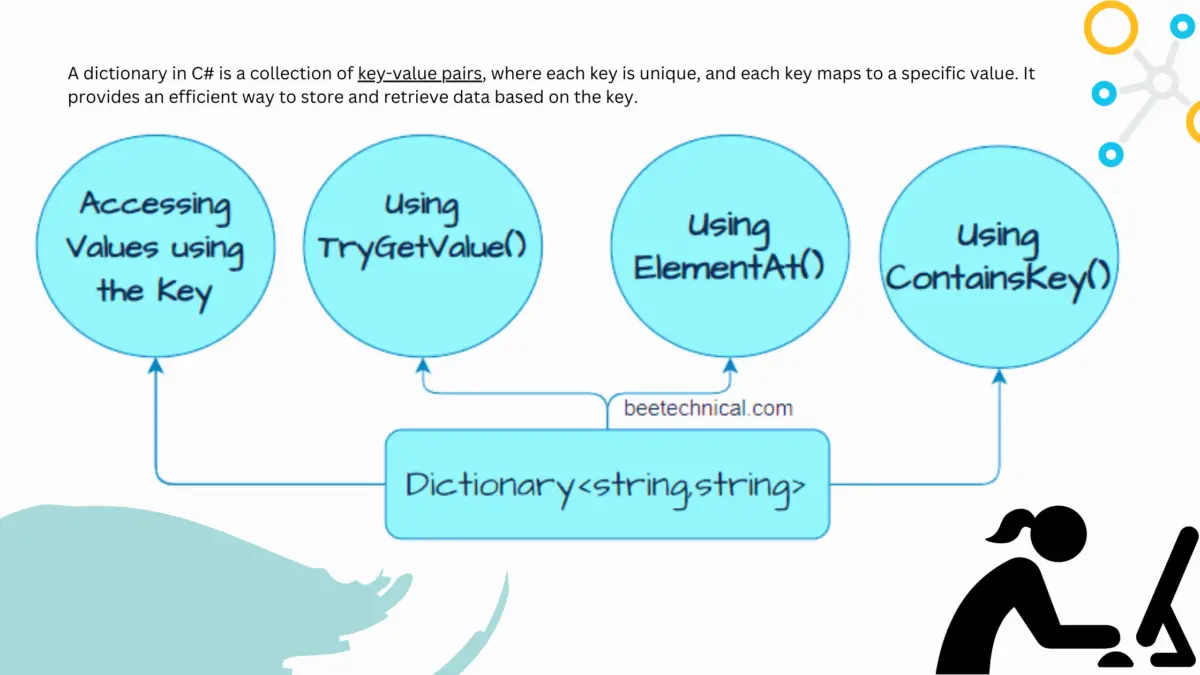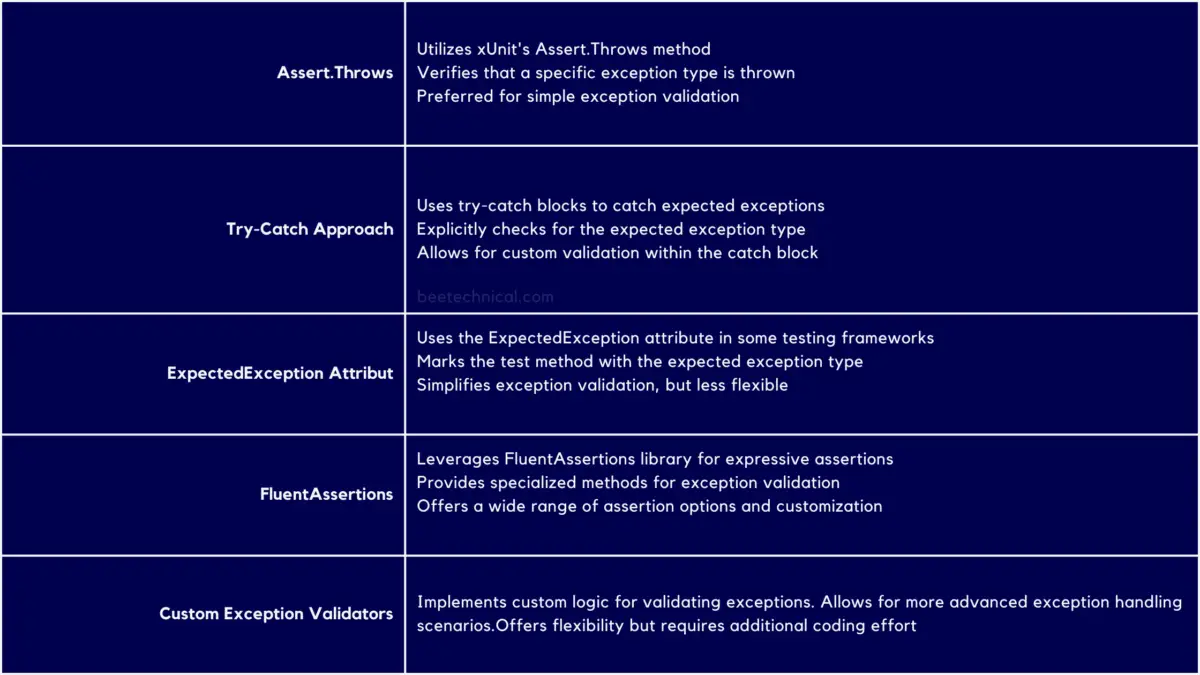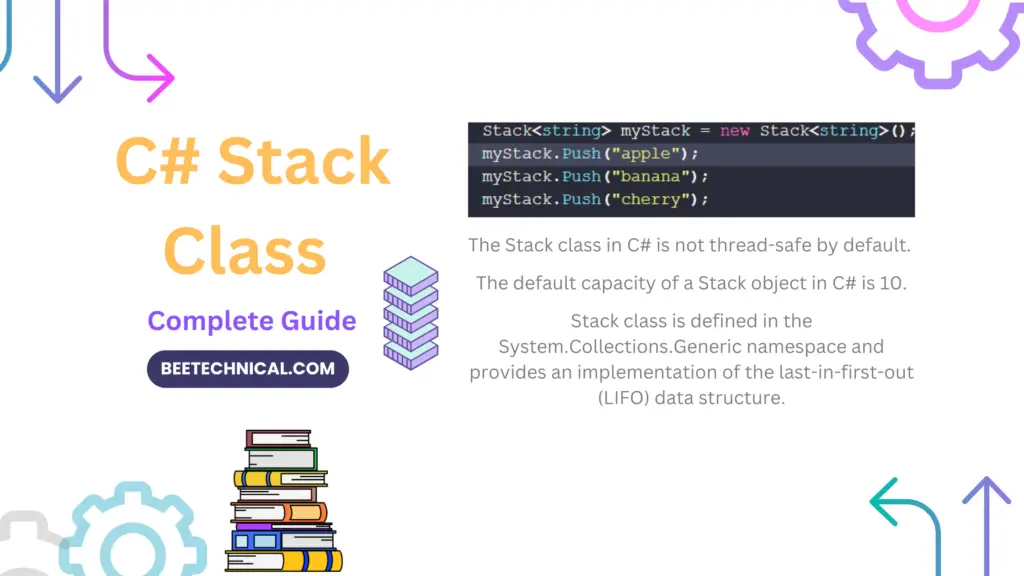An ObservableCollection<T> is a class in C# that derives from the Collection<T> class and provides an implementation of the INotifyCollectionChanged interface. It is a specialized collection that is designed to provide notifications when its elements are added, removed, or modified.
Table of Contents
When to use ObservableCollection?
ObservableCollection<T> is commonly used in scenarios where you need to display and manipulate data in a user interface.
- Data-binding scenarios: When you need to display data in a UI element, such as a ListBox, ComboBox, or DataGrid, you can bind the collection to the element using data-binding. Whenever the collection is modified, the UI is automatically updated to reflect the changes.
- Dynamic collections: When you need to create a collection that can be modified at runtime, ObservableCollection<T> provides a convenient way to do so. Because it raises events whenever its elements are added, removed, or modified, you can easily respond to changes in the collection and update other parts of your application as needed.
- Multi-threaded scenarios: When you need to access a collection from multiple threads, ObservableCollection<T> provides a thread-safe way to do so. Because it raises events on the UI thread, you can modify the collection from any thread without having to worry about cross-threading issues.
- Notification scenarios: When you need to monitor changes to a collection and perform actions in response to those changes, ObservableCollection<T> provides a convenient way to do so.
- MVVM (Model-View-ViewModel) pattern: In the MVVM pattern, the ViewModel is responsible for exposing data to the View. ObservableCollection<T> is often used in this pattern to represent collections of data that are displayed in the View. By using ObservableCollection<T>, the ViewModel can notify the View whenever the collection is modified, allowing the UI to stay in sync with the data.
Implement ObservableCollection in C#
To use ObservableCollection<T> in C#, you need to add a reference to the System.Collections.ObjectModel namespace, which contains the class definition. You can then create an instance of the class and add elements to it using the Add method.
using System.Collections.ObjectModel;
// Create an instance of ObservableCollection<T>
ObservableCollection<string> names = new ObservableCollection<string>();
// Add some elements to the collection
names.Add("Alice");
names.Add("Bob");
names.Add("Charlie");
// Subscribe to the CollectionChanged event to handle changes to the collection
names.CollectionChanged += Names_CollectionChanged;
// Define a handler for the CollectionChanged event
private void Names_CollectionChanged(object sender, NotifyCollectionChangedEventArgs e)
{
// Handle changes to the collection here
}
// Modify the collection (this will trigger a CollectionChanged event)
names[1] = "Barbara";
In this example, an instance of ObservableCollection<string> is created and three elements are added to it using the Add method. The CollectionChanged event is then subscribed to, which will be raised whenever the collection is modified. A handler for the event is defined, which will be called whenever the event is raised. Finally, the second element in the collection is modified, which triggers a CollectionChanged event that calls the handler.
What is the difference between ObservableCollection, IEnumerable, and ICollection?
ObservableCollection and IEnumerable are two different types in C# that serve different purposes.
IEnumerable is an interface that represents a collection of objects that can be enumerated (i.e., looped through) using a foreach loop. It provides a way to access the elements of a collection without exposing the underlying data structure. The elements of an IEnumerable collection can only be read, but not modified. IEnumerable is mainly used for querying data from a data source.
ICollection is an interface that defines a collection of objects that can be manipulated (i.e., added, removed, or modified) in a limited way. It provides a set of methods for adding, removing, and checking the existence of elements in a collection. ICollection does not provide any notification mechanism when the collection is changed.
ObservableCollection is a class that implements the INotifyCollectionChanged interface, which provides notifications when the collection changes. It is a dynamic collection that allows elements to be added, removed, and modified at runtime. ObservableCollection is often used in UI scenarios where you need to display data and update the UI in response to changes in the data.
Conclusion
ObservableCollection is a useful type in C# for implementing dynamic collections that can be modified at runtime and provides notifications when the collection is changed. It is similar to ICollection in that it provides methods for adding, removing, and modifying elements in the collection, but it also adds the ability to notify subscribers when the collection is changed.









Comments are closed.